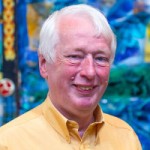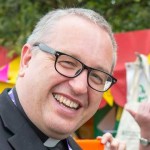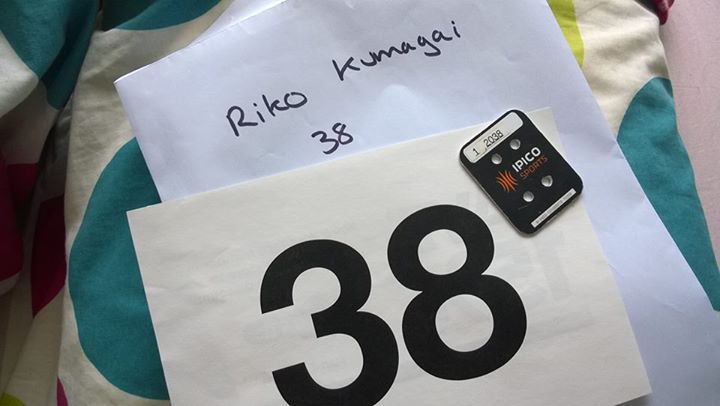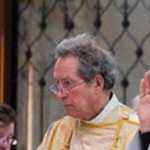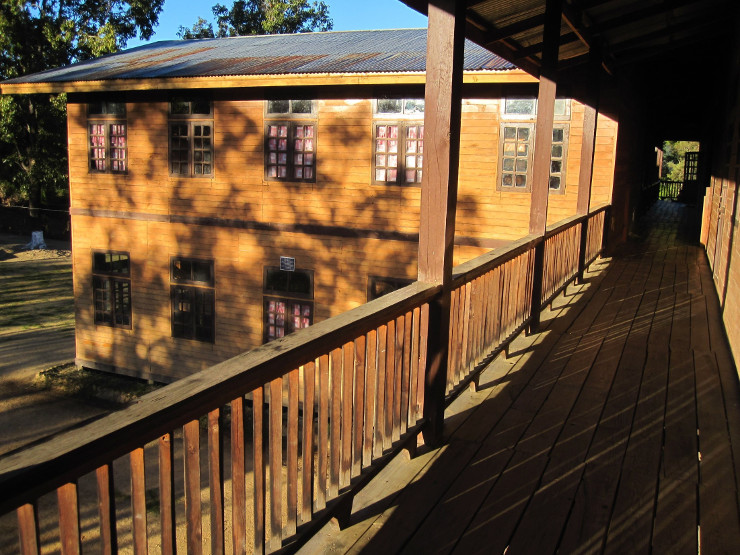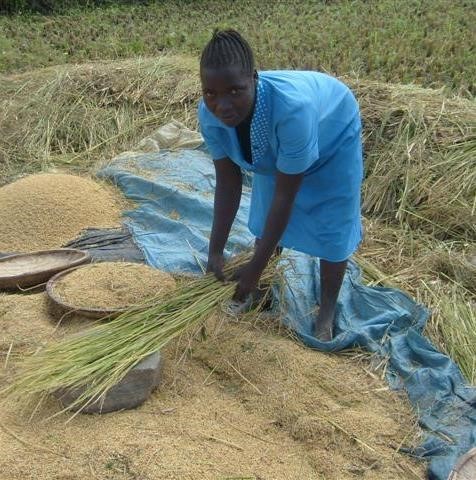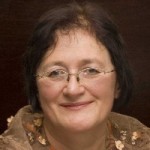On 18 July 2015, Nelson Mandela’s birthday, a container of 50,000 books left from City Chambers, George Square, Glasgow to be delivered to school and public libraries in the Eastern Cape Province of South Africa. The container was organised by Action for Southern Africa (ACTSA), the successor organisation to the Anti-Apartheid Movement. ACTSA, along with its partner, Community HEART, a British-based charity supporting the development of South Africa, has now sent over 3,000,000 books to South Africa. The container sent from Glasgow helped us to achieve that figure.
The books will go to schools like the one in Elliotdale that I visited when I was in South Africa last year. The local community in Bomvanaland decided to build a secondary school at Elliotdale in 1997, three years after the end of apartheid. They raised the money and they built the school. It now has a library, but there is a problem. They have shelves, desks and chairs, but they do not have any books. There are schools like this all over South Africa.
The first time that I went to South Africa was in 1993, and I visited a school in Soweto. The head teacher, when she learned that I was a librarian, asked if I would like to see there library. I agreed and she brought out a box, which only contained a Latin Bible. This was used to show the children what a book looked like. That is a good example of what library provision was like for black children under apartheid.
Since 1994, and the end of apartheid, there has been a huge investment in schools in South Africa, but there was no magic wand to be waived so that all the facilities required could be supplied, and not just in education, but housing, health, employment, transport, electricity, clean water etc. So some things required international solidarity.
My friend, Kader Asmal, who was Minister of Education in Mandela’s government, spoke to my friend, Denis Goldberg, who was gaoled at the same time as Nelson Mandela, and they agreed that they should ask people in the UK to send 1,000,000 books, and so the book appeal began. ACTSA Scotland, in particular, rose to the challenge and has been sending containers of books on a regular basis since we began collecting books in 1996.
When we were in Cape Town in 2000, Denis and I reported to Kader that the UK had sent a million books, and his reply was “Can you make it 3,000,000?” Sadly, Kader is no longer with us, but I can hear him asking “Can you make it 5,000,000?” now that we have achieved the 3,000,000 target. The need is still there. I saw that for myself last year in South Africa.
So, what has this got to do with the Scottish Episcopal Church, and the Diocese of Glasgow and Galloway in particular? Well, recently, Bishop Gregor convened a meeting to discuss how the Diocese should approach international issues. It was decided that to launch this approach, we needed something that would be a quick hit, and the ACTSA Scotland Book Appeal fitted the bill. The container was already booked for 18th July, and we had to make sure that it was full. So Bishop Gregor wrote to the 66 churches in the Diocese and asked them to send their contributions to Hillhead Library. We had no trouble in filling the container. [In fact, a fair proportion of the next container has now been filled.] The generosity of the donors was extraordinary.
On the day, about 50 volunteers assembled at Hillhead Library at 10.00am to start loading the container. Trolleys were used to get the boxes of books to the foot of the basement stairs in Hillhead Library. The boxes of books were then passed hand to hand up the stairs, into the car park and then onto the container. This took three and a half hours. The volunteers then headed to City Chambers for the official send off at 2.00pm. Meanwhile the jazz band had arrived at City Chambers to set up for the reception. Peter Wakeford organised this. The container and the guests arrived at City Chambers more or less simultaneously. The guest of honour was Obed Mlaba, the South African High Commissioner to the UK. Bishop Idris was there to represent the Diocese, the Depute Lord Provost represented the City Council and their Deputy General Secretary represented the STUC. The event ended with a 17-year old Icelandic baritone, Magnus Walker, singing the South African National Anthem.
This was the first event in which the Scottish Episcopal Church participated following Bishop Gregor’s initiative. The second, the “Glasgow Sees Syria” concert at St. Mary’s Cathedral, has already taken place. There will be more.
Little by little, action by action, we will change the world.

